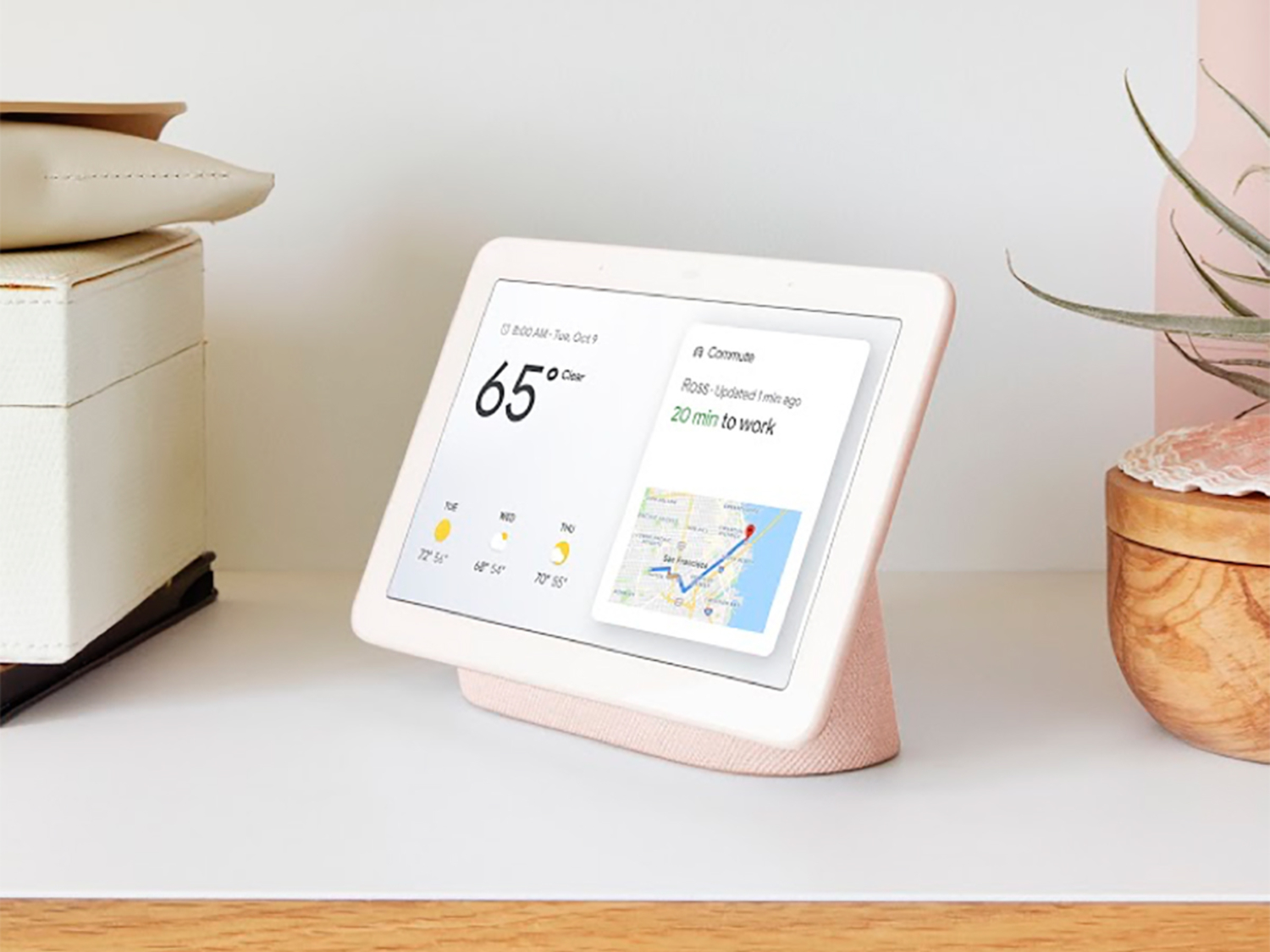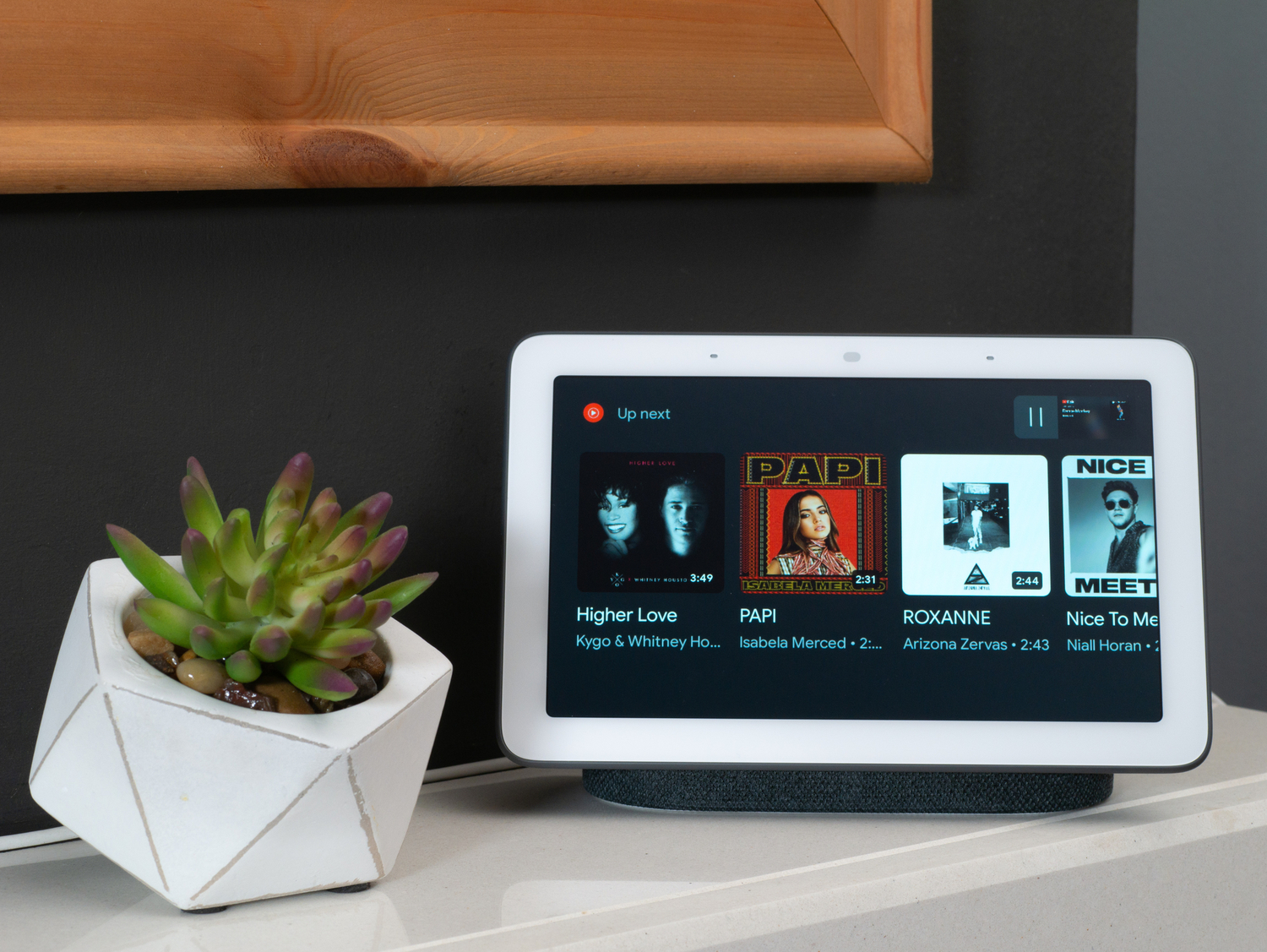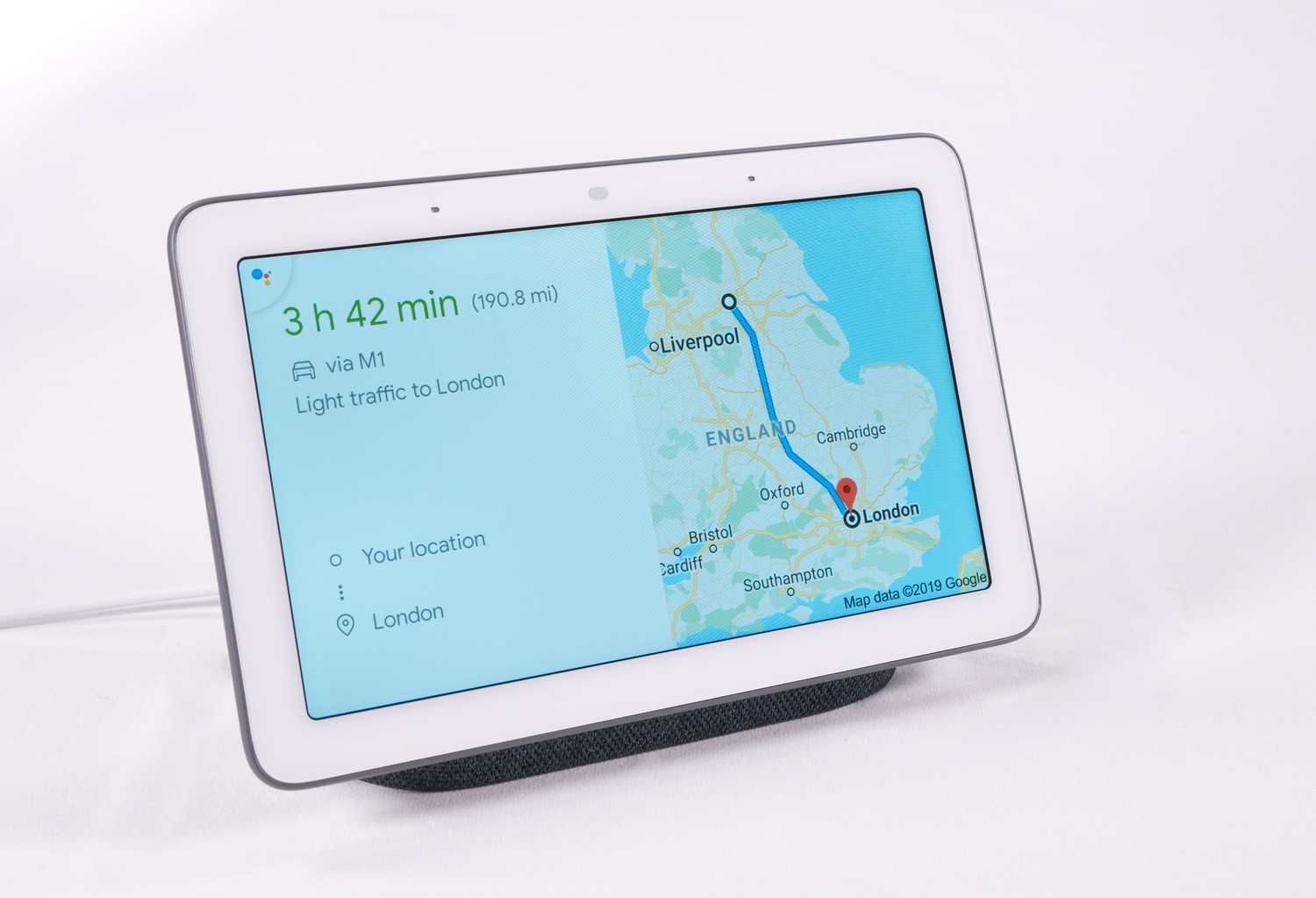

We may earn revenue from the products available on this page and participate in affiliate programs. Learn more ›
If you’ve invested in a Google smart display, you’re going to want to know how to make the best use of it. What sets the Google Nest apart from standard smart speakers is its attached screen, which means you’ve got more features and tricks to play around with.
Take advantage of the screen in your Google Nest Hub and the bigger Google Nest Hub Max by using the Google Assistant, the apps on your phone, and the features built into your device.
1. Queue up some videos
One of the best ways to make the most out of your smart display is to watch videos on it. Say “Hey Google, show me wildlife videos,” or “Hey Google, show me travel videos,” and the Nest Hub will do the rest.
You can be as specific as you like with your requests, assuming there are actually video matches on YouTube. Try asking for music videos from particular artists, or the trailer of a film you want to watch, for example.
For the time being, at least, you can only see videos from YouTube, so anything you’re viewing will show up in your viewing history (and affect your recommendations) everywhere else you use the YouTube app. The Nest Hub is smart enough to recognize the voices and faces of everyone in your household, and can keep each person’s viewing histories and recommendations separate.
2. Show your favorite photos
The Nest Hub displays make excellent photo frames, and, naturally, Google Photos is its service of choice. To have your pictures show up when the Nest Hub isn’t being used, tap on it in the Google Home app on your phone, then tap the cog icon and choose Photo Frame, followed by Google Photos.
The platform will suggest what it thinks are the best shots in your library, but you can also choose specific albums. You have the additional option of choosing how often photos change—the options range from five seconds to 10 minutes.
The Nest Hub’s photo search tool is powerful, too. Say something like “Hey Google, show me my photos of Sydney” or “Hey Google, show me my photos of sunsets,” and your Nest Hub will oblige.
3. Cast your content

Your Nest Hub doubles as a Chromecast device—once you’ve got it set up through the Google Home app, it’ll appear when you tap the Chromecast button in any of the apps on your phone.
It’s an easy way to get content from the likes of Plex, YouTube, and YouTube Music on-screen, and it also works with audio apps like Spotify and Deezer. Netflix won’t work, though—the Netflix app is a bit more choosy when it comes to deciding what types of screens it’ll broadcast to.
You’ll also get the benefit of touchscreen controls on the Nest Hub itself, so you can start and stop playback with a tap on the screen or on your phone.
4. Turn your Nest Hub Max into a Nest camera
The Nest Hub doesn’t have a camera, but the Nest Hub Max does. That means you can make video calls from it and use the device as a Nest security camera if you need to.
To get started, open the Google Home app on your phone, tap on the Nest Hub Max entry in the list of devices, and choose Set up Nest Cam. You’ll be taken through the process of enabling video recording features, and you’ll then be able to tap into a live feed from the camera whenever you need to, via the separate Nest app on your phone or the Google Home app.
You can also use the Nest app for Android or iOS to get the Nest Hub Max to send you alerts when movement is detected in front of the camera. These home monitoring features can be disabled at any time.
5. Get your Nest Hub to recognize you
Another benefit of having the camera on the front of the Nest Hub Max (this tip doesn’t apply to the smaller Nest Hub) is that the device can recognize you and load up content that’s relevant to you rather than anyone else in your household.
It also means some of your more private information, like your upcoming calendar, the reminders you’ve set up with Google Assistant, and your Google Photos library, can be locked away behind a face-recognition test.
If you want to add this Face Match feature to your Nest Hub Max, open the Google Home app, then tap the Settings button. Tap More settings, Assistant, then Face Match, and you’ll be taken through the process of getting your smart display to recognize your face.
6. Control your device with gestures
Our last tip requiring the camera (again, only applicable to the Nest Hub Max) is a cool one, as it enables you to control what’s happening on your smart display by using hand gestures.
For now, it only understands one gesture, but we’re hoping Google adds more. If you hold your hand up in front of the screen, whatever’s playing on it will pause; hold your hand up again, and playback will resume.
It would be nice to have more gestures to play around with, but the one currently available works well. If you have to answer a phone call, or there’s a knock at the door, you’ll be able to instantly pause whatever your Nest Hub Max is doing.
7. Get driving or walking directions

Any Google-powered smart speaker can tell how long it’s going to take you to drive or walk somewhere, and it’ll even send the directions to your phone. If you’ve got a smart display, though, you’ll be able to see the route Google has plotted, too.
Say something like “Hey Google, how long will it take to drive to Boston?” or “Hey Google, how long will it take to walk to Sam’s bar?” and you’ll see a map appear right on screen, with any traffic congestion marked in red, orange, or purple. The on-screen buttons will let you quickly switch to other modes of transport, too.
It may not seem like a huge difference between a device with a screen and a device without one—it’ll still speak your estimated journey time aloud—but visualizing the directions and potential congestion can help you decide whether or not to set off immediately, or to choose an alternate form of transportation.
8. Tailor your Nest Hub for nighttime
You don’t necessarily want your Nest Hub lighting up the room and waking up your kids late at night.
Tap your display in the Google Home app, then the cog icon (top right), and then Night mode to get the smart display ready for nighttime. Turn the Enable night mode toggle switch to On, and your Google display will be quieter during the times you specify. If its volume is still too loud (or too quiet), adjust it using the slider on the screen.
Back on the previous menu page, tap Display and you’ll be able to set the screen to dim or turn off altogether when it detects low light levels. There’s also the option to have the screen turn off after five minutes of inactivity, just like your phone.
9. Get your a personal interpreter
Nest Hubs do a fantastic job of acting as interpreters, powered by the Google Assistant. The benefit of having a screen rather than just a speaker is that you can see the translations as they’re made, while hearing them read back.
Say “Hey Google, be my Spanish interpreter” (replace “Spanish” with the language you want to work with), and a sound will prompt you to say the words and phrases you want translating. A translation will then be displayed and read out.
You can keep going for as long as you want, and when you’re done, just ask Google to stop. It’s a convenient feature to have, whether you have an international guest or are seriously trying to master the intricacies of another lingo.
10. Control your smart home devices
Any Google Assistant-powered speaker can control compatible smart home devices such as lights and plugs, but tapping around on a screen makes managing your assembled smart home kit just that little bit easier.
On the Nest Hub, swipe down from the top of the screen to see all the gadgets that are connected to your Google Home app. Pick Cameras, for example, to see the feed from Nest Cams you’ve installed, or tap Lights if you want to adjust the color or the brightness of any smart bulbs you’ve linked up.
Tap Routines to link certain actions together. For example, you can create a bedtime routine to turn off all your smart lights and enable a smart lock, or you can create a good morning routine to read out the latest news and ring an alarm.